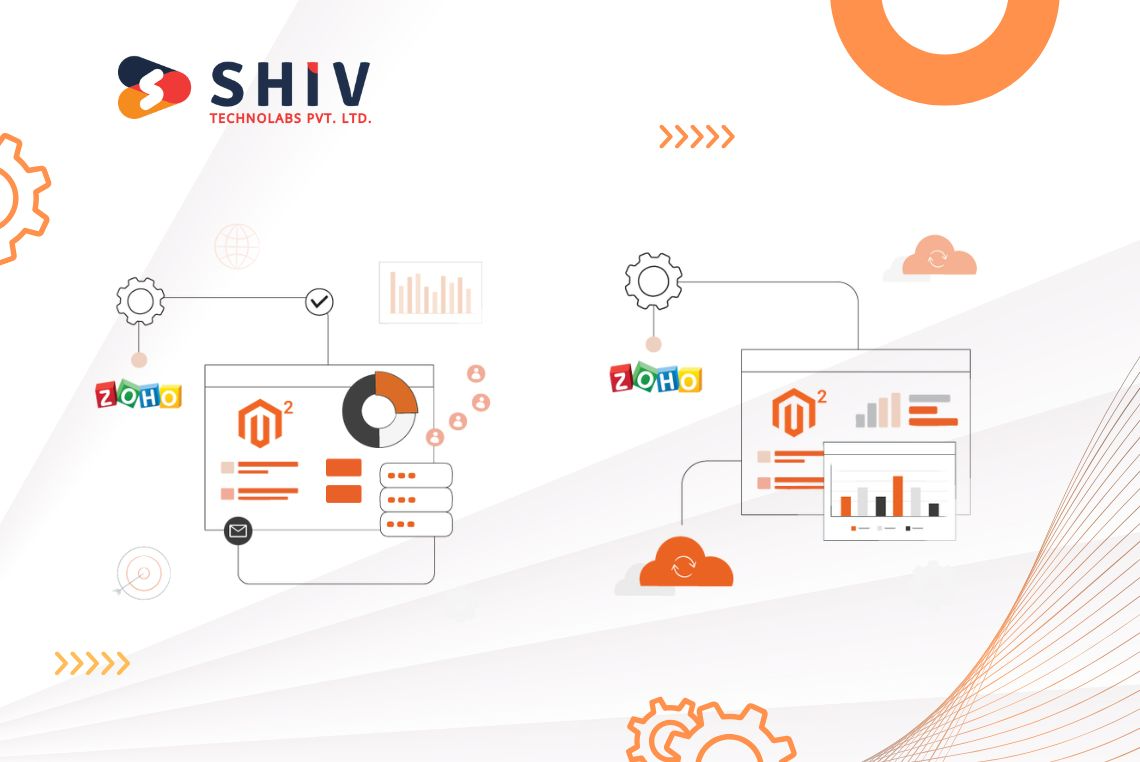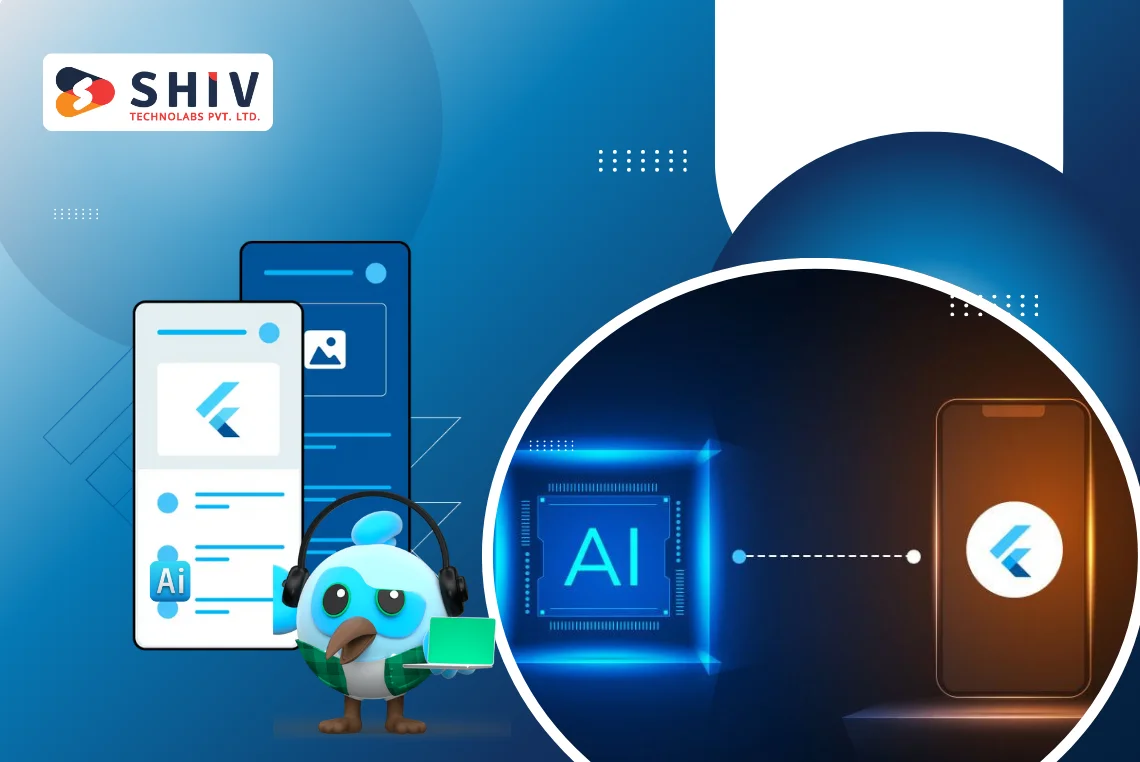Choosing the right technology stack is crucial for businesses undergoing digital transformation. For building modern business applications, the combination of React and Python has emerged as a popular and effective choice. React, a leading front-end library, excels at creating interactive and seamless user interfaces.
Meanwhile, Python stands out for its simplicity, versatility, and powerful back-end capabilities. Together, these technologies enable businesses to create scalable, high-performing, and user-friendly applications.
This article delves into the advantages of integrating React and Python for modern application development. We’ll explore key use cases, real-world examples, and industry trends, including predictions of how this tech stack will shape the future of business applications.
For instance, the global low-code development market, driven by frameworks like React, is expected to reach $187 billion by 2030, you can refer to it here. While Python remains the fastest-growing programming language, maintaining its dominance in areas such as web development, data science, and AI.
The Case for React and Python: A Perfect Partnership

React and Python complement each other, offering businesses a balanced tech stack for front-end and back-end development. Here’s why they’re an ideal combination:
# React: The Front-End Powerhouse
- Component-Based Architecture: React allows developers to create reusable components, simplifying complex UI development.
- High Performance: React’s virtual DOM ensures fast rendering, making it perfect for business apps with real-time updates.
- Rich Ecosystem: A vast library of third-party plugins and tools makes React highly versatile.
# Python: The Back-End Workhorse
- Versatility: Python supports multiple programming paradigms, making it suitable for tasks like API development, machine learning, and data analysis.
- Scalability: Frameworks like Django and Flask enable Python to handle large-scale back-end operations with ease.
- Readability: Python’s clean and simple syntax speeds up development and reduces errors.
When combined, these technologies offer a robust framework for developing scalable, user-centric business applications.
Key Benefits of Combining React and Python
1. Faster Development Cycles
React’s component-based architecture allows front-end developers to build UI components quickly, while Python’s simplicity accelerates back-end development. Together, they reduce time-to-market without compromising quality.
2. Seamless API Integration
React communicates seamlessly with Python-based back-end services through APIs. Frameworks like Django REST Framework (DRF) make it easy to build RESTful APIs that connect with React applications.
3. Scalability and Flexibility
- React can handle dynamic front-end requirements, enabling businesses to create interactive user experiences.
- Python supports complex back-end operations, making it suitable for scaling apps as business needs grow.
4. Enhanced User Experience
React’s ability to create responsive and dynamic interfaces combined with Python’s capability to process and deliver data in real-time ensures an excellent user experience.
5. Cross-Platform Compatibility
By using frameworks like React Native, businesses can extend their React-Python stack to build mobile apps. This cross-platform compatibility saves resources and streamlines development.
Use Cases: Where React and Python Shine Together?

Combining React and Python is ideal for various types of business applications. Here are some popular use cases:
a. eCommerce Platforms
- Front-End: React powers interactive product pages, dynamic filters, and real-time shopping carts.
- Back-End: Python handles inventory management, order processing, and payment integrations.
b. SaaS Applications
- Front-End: React ensures a seamless and engaging user interface for dashboards and reports.
- Back-End: Python manages user authentication, data processing, and subscription management.
c. AI-Powered Business Tools
- Front-End: React visualizes AI-driven insights using dynamic charts and graphs.
- Back-End: Python handles data analysis, machine learning models, and predictive algorithms.
d. FinTech Applications
- Front-End: React ensures responsive designs for financial dashboards and user portals.
- Back-End: Python secures transactions, processes financial data, and ensures regulatory compliance.
Why Businesses Should Invest in React and Python?
# Future-Proof Your Application
React and Python are widely adopted technologies with strong community support. By choosing this stack, businesses ensure long-term viability and access to the latest tools and best practices.
# Cost-Effective Development
Both React and Python have extensive libraries and frameworks, reducing the need for custom solutions. This translates to lower development costs and faster delivery timelines.
# Improved Collaboration
React and Python are developer-friendly technologies. Their simplicity and popularity make it easier for teams to collaborate, onboard new developers, and maintain codebases.
How Shiv Technolabs Can Help?
At Shiv Technolabs, we specialize in combining the best of React and Python to build high-quality business applications. Whether you’re looking to hire Python developers or dedicated React developers, our team is equipped to deliver tailored solutions that meet your unique business needs.
# Our Expertise:
- Custom Development: We create scalable and feature-rich apps by leveraging React and Python’s strengths.
- Full-Stack Solutions: From front-end to back-end, we deliver end-to-end development services.
- Integration Services: Our team ensures seamless integration of React and Python, enhancing app performance and usability.
- Ongoing Support: We provide maintenance and updates to ensure your app continues to meet user expectations.
# Why Choose Shiv Technolabs?
- Proven expertise in Python development services in Turkey and globally.
- Trusted by businesses across industries for delivering robust solutions.
- Dedicated teams that focus on scalability, security, and user experience.
Best Practices for React and Python Integration
1. Optimize API Design
Ensure efficient communication between the front-end (React) and back-end (Python) by designing well-structured APIs. Frameworks like DRF make this process seamless.
2. Use React for State Management
Leverage tools like Redux or React Context API for managing app state, ensuring a smooth user experience.
3. Adopt a Modular Approach
Keep the front-end and back-end codebases modular. This simplifies development and allows teams to work independently.
4. Focus on Security
- Use Python’s robust libraries for encryption and authentication.
- Implement secure API endpoints to protect data exchanges.
5. Test Thoroughly
- Use tools like Jest for testing React components.
- Python’s unit test framework ensures back-end reliability.
The Future of React and Python for Business Apps
As businesses prioritize scalability and user experience, React and Python will continue to dominate as a preferred tech stack. Emerging trends like AI integration, real-time applications, and cross-platform development further highlight the potential of combining these technologies.
With advancements in Python frameworks and React’s growing ecosystem, businesses can expect faster development, enhanced performance, and superior user engagement. By adopting React and Python, businesses can stay ahead of the curve and deliver applications that meet modern demands.
Conclusion
Combining React and Python is a winning strategy for businesses looking to develop scalable, high-performance applications. Together, these technologies provide an ideal balance of front-end interactivity and back-end robustness, enabling businesses to create apps that delight users and drive growth.
At Shiv Technolabs, we specialize in leveraging this powerful combination to deliver custom solutions tailored to your needs. Whether you want to hire Python developers or hire dedicated React developers, we’re here to help you build the perfect app for your business.


















